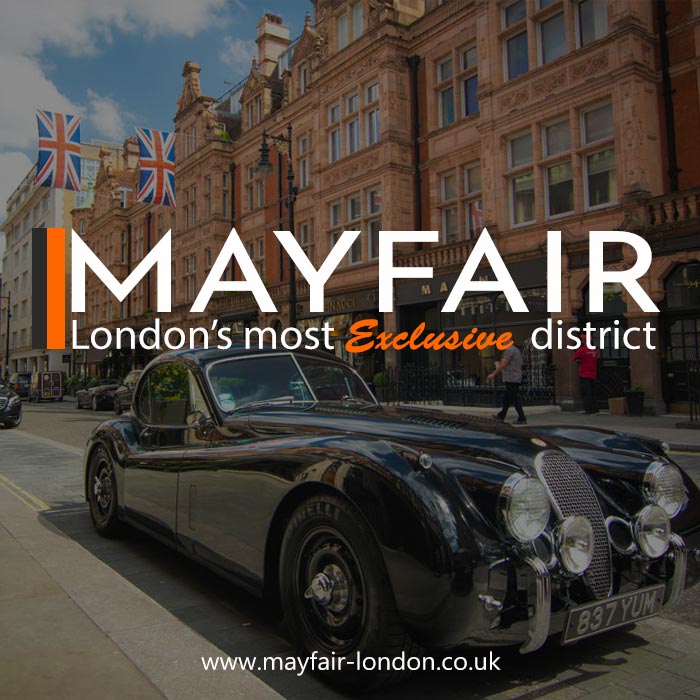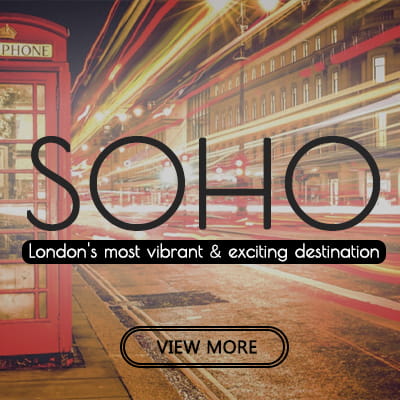You can bet many of the millionaires and international businesses that call London’s Mayfair home today know nothing of the area’s less than salubrious past. Prior to the 17th century, Mayfair was an unnamed, boggy patch of ground with a bad reputation.
Mayfair fair’s in May.
In the 1680s, things started to change when King James II granted the area permission to hold a fair every year, during the first two weeks of May. This was an opportunity for those who had survived the Great Plague to make merry, and the ‘May Fair’ became known as a bawdy celebration of dancing, music and merriment – according to the authorities at the time, ‘lewd and degrading practices’ were rife.
Construction of Grosvenor Square.
Mayfair’s downmarket reputation took a turn for the better thanks to Mary Davies. A wealthy banker’s young daughter, she received an inheritance of more than 100 acres of ‘swampy meads’ near Park Lane and Oxford Street. After she married into the Grosvenor family, her son, Sir Richard Grosvenor, began the construction of Grosvenor Square. Other rich families began to develop nearby streets such as Hanover Square, and these areas became a magnet for viscounts, dukes and earls.
The annual May Fair moved to Bow.
In 1764, the annual May Fair moved to Bow in East London, where its raucous merriment wouldn’t spoil the refined atmosphere of Mayfair itself. The district continued to rise in popularity and today many celebrities call the area home, with average property prices around £3.31 million and the highest rents set at £36,000 a week.

















